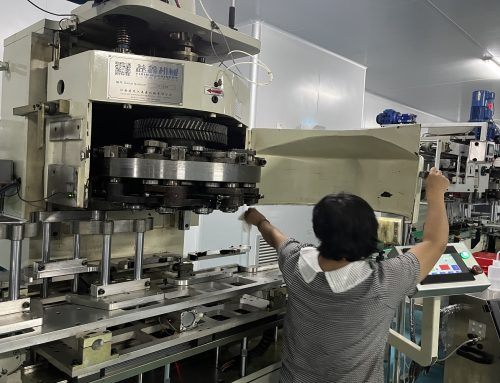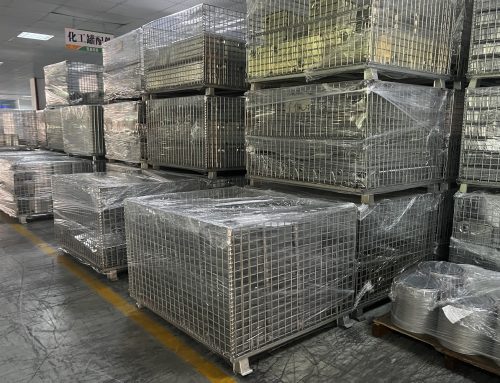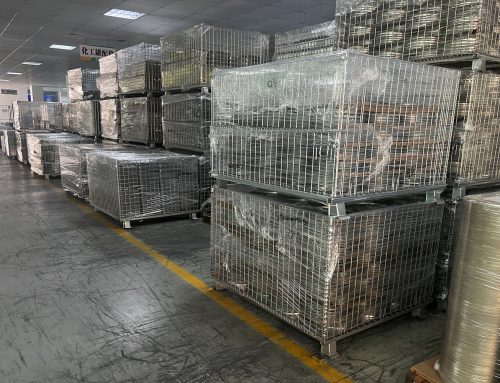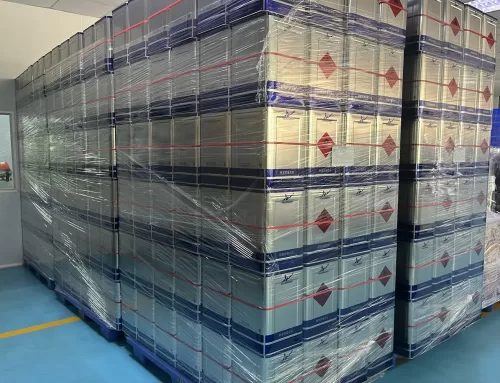In the process of coating and printing on the outside of tinplate, white cocoa, ink and varnish need to be used. Generally speaking, we require the printing appearance to be bright in color, smooth in surface, good in gloss, and in short visually beautiful.
The effect of special effects printing described in this article is just the opposite. The special effects formed by the special effect varnish on the visual and touch feel can give the differentiated value required by the brand customers. In addition, special effect printing also has a very important function of anti-counterfeiting, because this varnish is unique in procurement channels and production processes, so it can be used as a good anti-counterfeiting means.
Types, working principles and application fields of special effect varnishes
Types The types of special effects varnishes include explosive varnish, bead varnish, crepe varnish, leather varnish, and pearl varnish.
Working principle Usually, the main resin of special varnish is modified epoxy, modified polyester and other resin systems, and then cooperate with additives, surface desiccant, solvent system to adjust the volatilization rate of the coating, so that the speed of surface drying and inner drying can be adjusted. different, so as to achieve special texture effects.
Application field Special effect varnish is generally used in miscellaneous cans, such as: high-end moon cake boxes, biscuit boxes, dried fruit gift cans, wine cans, stationery cans, etc. Especially for some well-known brands, the classic application cases include the packaging of Disney children’s products, the packaging of Wufangzhai rice dumplings, the moon cake box of Xinghualou, and the gift box of golden arowana miscellaneous grains. It should be noted that due to the limitations of high-temperature sterilization and processing performance of special varnish, it has not been used in food cans in batches, but trials are underway.
The following introduces the characteristics and construction points of explosive varnish, wrinkle varnish, leather varnish, and pearl varnish.
Explosive Varnish
Explosive varnish can impart a layer of irregular explosion patterns on the surface of the printed iron, in the form of crystal-transparent scales, and the reflection of light makes the exquisite printed patterns full of three-dimensional, rustling feeling, very ornamental.
Construction points The construction requirements of this type of varnish are relatively strict. Since it is a self-drying system, the surface drying rate has requirements on the construction environment such as oxygen supply in the oven, air volume, temperature, etc.
There is a direct relationship between cracked wafers and dry film thickness, the thicker the paint film, the larger the cracked wafers.
The construction temperature is also a direct factor affecting the wafer. It is generally recommended to close the front-end furnace, or not exceed 90°C when it is opened. Otherwise, the surface drying rate will be too fast and the crack effect will be affected. In severe cases, it may even fail to crack. The temperature of the back furnace is generally set at about 140 ℃. If it is too high, the temperature will reach the front furnace, which will affect the crack effect, and at the same time, the yellowing will be obvious. If it is too low, the surface will dry too slowly and cause sticking to the board. Customers can also control the crack effect according to actual needs.
leather oil
This is a matte leather effect with a stretchy feel. This effect is mainly related to the main resin (glass transition temperature and molecular weight of the resin), and then by adding a certain feel agent and special additives, the paint film can be cured to form a smooth and flexible characteristic.
Construction points Generally, the recommended construction temperature is 160~170℃. If the temperature is too low, the curing will not be sufficient. If the temperature is too high, the reaction will be overdone, causing the coating surface to become sticky.
wrinkle oil
The wrinkle varnish has a dense water ripple effect with a matte feel.
Construction points During construction, the thicker the wet film of this type of varnish, the more obvious the texture effect. The thinner the wet film, the weaker the texture effect. When it is thin to a certain extent, the texture effect will disappear, just like ordinary varnish.
Add a layer of transparent primer on the surface of the ink, and apply wrinkle oil on top of the transparent primer, so that the texture effect can be uniform. The reason is that the surface energy of different color inks is different, which will make the texture effect inconsistent. The thickness of the primer is moderately controlled, generally 2~3µm is recommended, too thin can not achieve the isolation effect, too thick will affect the leveling and processing performance.
Pearl varnish
After the bead-point varnish is coated, it presents a point-like and water-drop-like visual effect, and also has a point-like feel.
This type of varnish is mainly used with the corresponding primer. After printing, before applying the special varnish, apply another layer of primer on the surface of the printing layer, and the bead effect will be more obvious and uniform in size. During the drying reaction, due to the shrinkage of surface tension, a beading effect will be formed on the surface of a specific primer. The thicker the paint film, the larger the beading particles. A layer of transparent primer should be applied on the surface of the ink to provide specific surface energy to achieve the bead effect.
Construction points The thickness of the primer is moderately controlled, generally 2-3 microns are recommended. Too thin can not achieve the effect of isolating the ink surface, and too thick will affect the leveling and processing performance.
Application summary
During the actual use of the varnish, on-site factors such as ambient temperature and humidity, oven temperature, and film thickness will affect the effect of the finished product.
As far as the oven is concerned, the exhaust air, the flow of gas in the oven, and the gas drying room are necessary conditions. The ambient temperature and humidity especially have an impact on the crack effect of the explosive varnish, and the effect will be different under different temperature and humidity conditions. For the film thickness control of bead varnish, because its surface is in an uneven particle state, it is not very accurate to use a thickness gauge to measure it.





